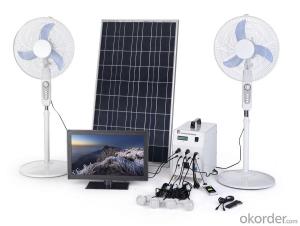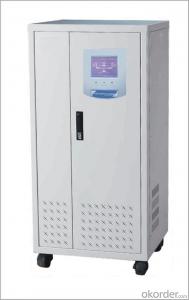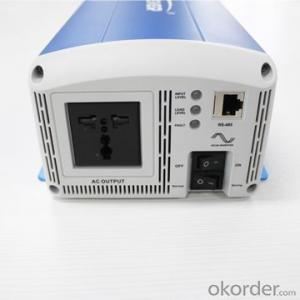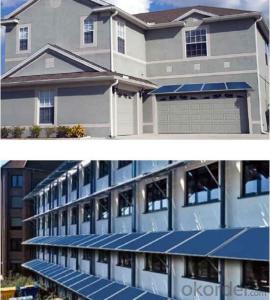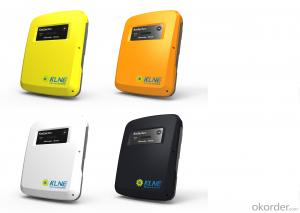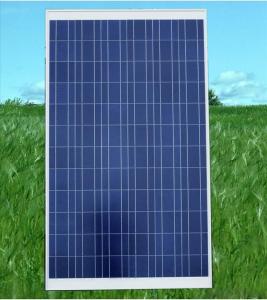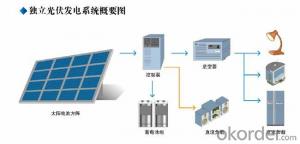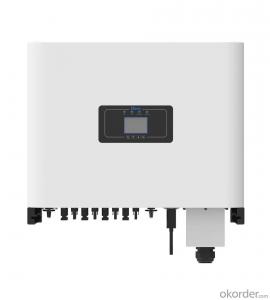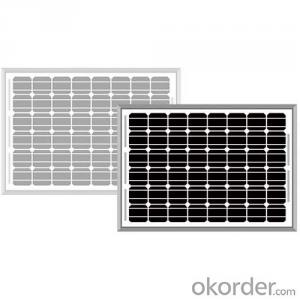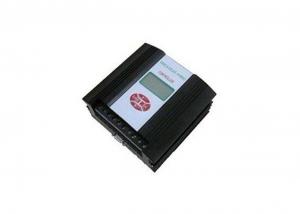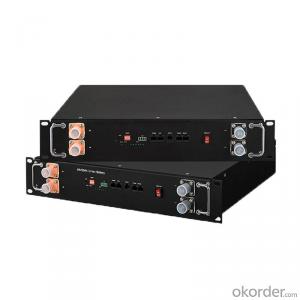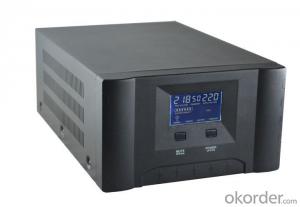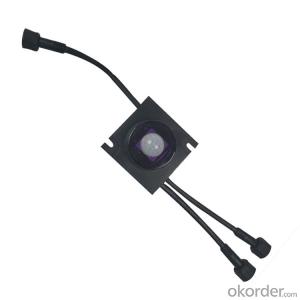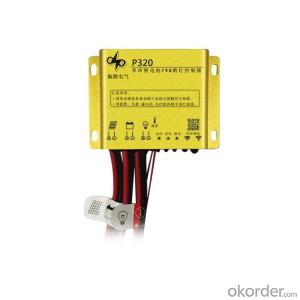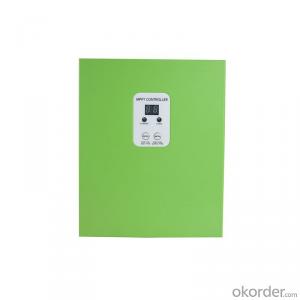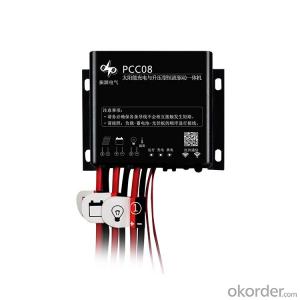200 Amp Solar Inverter
200 Amp Solar Inverter Related Searches
200 Watt Solar Inverter 200 Kw Solar Inverter 200kw Solar Inverter 200w Solar Inverter 200 Watt Solar Panel Inverter 200 Watt Solar Inverter Price Solar Flex 200 Inverter 200 Kw Solar Inverter Price 20 Kw Solar Inverter 20kw Solar Inverter 220v Solar Inverter 20kva Solar Inverter Solar 2000 Watt Inverter 220 Volt Solar Inverter 2000 Watt Solar Inverter Solar 220v Inverter 220 Solar Inverter Solar 2000 Watt Power Inverter 2000 Watt Solar Power Inverter Solar 2000w Power Inverter 2000w Solar Inverter Solar Inverter 2000 Watt 20 Kw Hybrid Solar Inverter Solar Inverter 2000w 20kw Hybrid Solar Inverter 2000va Solar Inverter Solar Power Inverter 220v 250 Kw Solar Inverter Solar Power Inverter 2000w 100 Amp Solar Inverter200 Amp Solar Inverter Supplier & Manufacturer from China
The 200 Amp Solar Inverter is a high-performance product designed to convert solar energy into usable electricity for various applications. This advanced inverter is capable of handling a significant amount of power, making it ideal for large-scale solar power systems. It is engineered to ensure maximum efficiency and reliability, catering to the needs of both residential and commercial users. The 200 Amp Solar Inverter is particularly useful in scenarios where a substantial amount of solar energy needs to be harnessed and converted into electricity, such as in solar farms, large residential installations, and commercial establishments.The 200 Amp Solar Inverter is widely used in various settings, including off-grid systems, grid-tied systems, and hybrid systems, where it plays a crucial role in managing the flow of electricity from solar panels to the end user. It is designed to withstand harsh environmental conditions and is built with durable materials to ensure a long service life. The inverter is also equipped with advanced features such as smart monitoring and control, which allows users to track the performance of their solar system and make necessary adjustments to optimize energy production.
Okorder.com is a reputable wholesale supplier of the 200 Amp Solar Inverter, offering a vast inventory of this product to cater to the needs of various customers. As a leading online platform, Okorder.com ensures that customers have access to high-quality products at competitive prices. Their extensive inventory of the 200 Amp Solar Inverter allows them to serve a wide range of customers, from small-scale residential installations to large-scale commercial projects. By partnering with Okorder.com, customers can benefit from their expertise in the solar industry and access to a comprehensive range of solar products, including the 200 Amp Solar Inverter.




